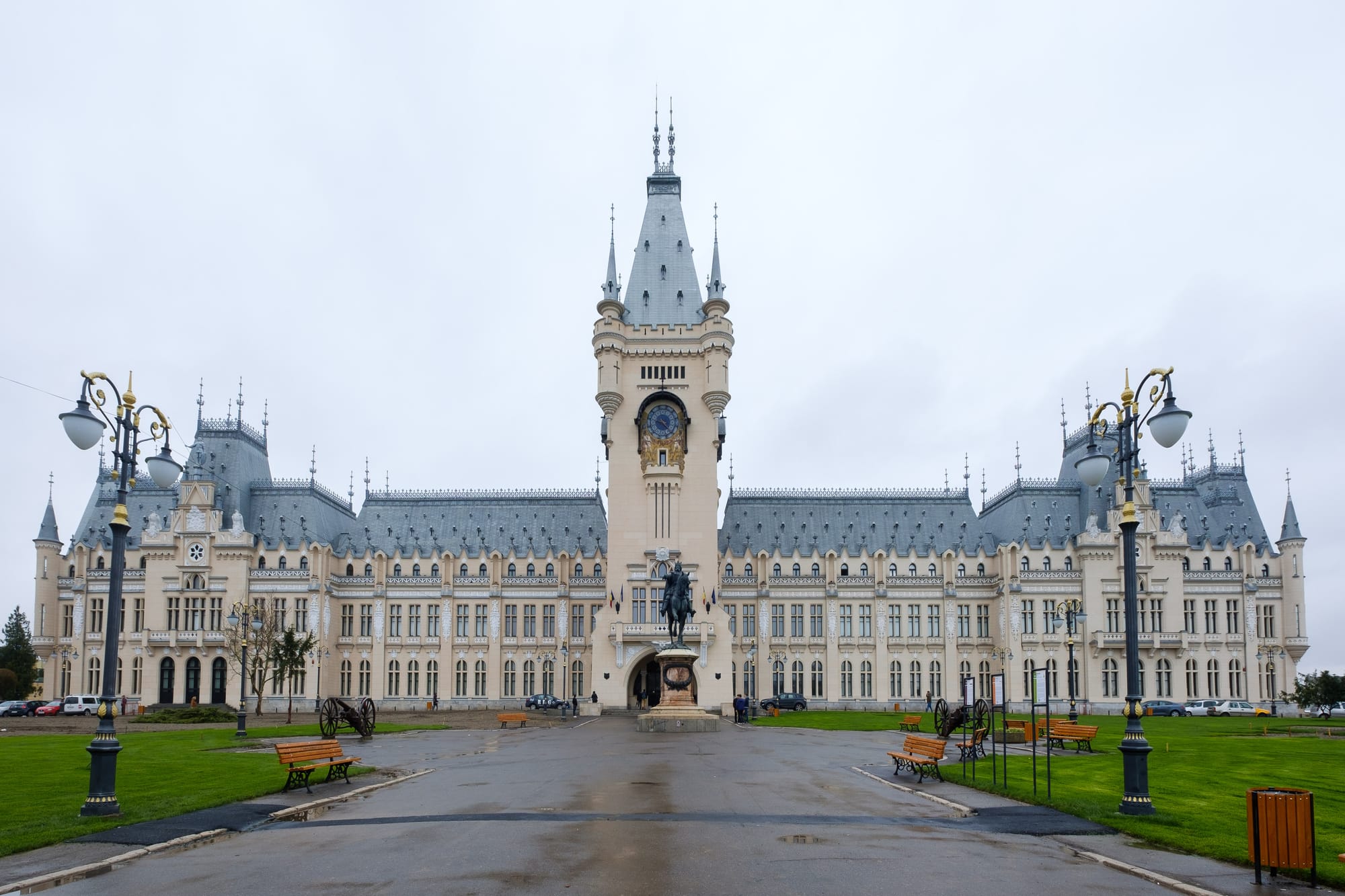Iasi

Iată câteva date istorice semnificative despre Iași, unul dintre cele mai importante centre culturale, politice și religioase ale României:
- 1408: Prima atestare documentară sigură a orașului Iași (într-o scrisoare a domnitorului moldovean Alexandru cel Bun către negustorii din Liov).
- 1564: Devine capitală a Moldovei sub domnia lui Alexandru Lăpușneanu, înlocuind Suceava. Aceasta a consolidat rolul său politic și administrativ.
- 1600: Mihai Viteazul unește pentru scurt timp cele trei provincii românești (Țara Românească, Transilvania și Moldova) sub un singur sceptru, cu capitala la Iași.
- 1640: Întemeierea Mănăstirii Trei Ierarhi de către domnitorul Vasile Lupu, o capodoperă a arhitecturii moldovenești, cunoscută pentru dantela de piatră unică.
- 1677: Devine scaunul episcopal al Mitropoliei Moldovei și Sucevei, consolidându-și statutul de centru religios.
- 1711: Dimitrie Cantemir semnează la Iași tratatul de alianță cu Țarul Petru cel Mare al Rusiei ("Tratatul de la Iași") împotriva Imperiului Otoman.
- 1776: Înființarea Academiei Domnești (Mihaileană) de către Grigore al III-lea Ghica, prima instituție de învățământ superior din Moldova, precursoare a Universității.
- 1795: Începe construcția Palatului Roznovanu (astăzi Palatul Culturii), un simbol al orașului.
- 1803: Înființarea Teatrului Național din Iași, primul teatru profesional din limba română.
- 1819: Înființarea Filarmonicii "Moldova" din Iași, prima instituție de acest gen din România.
- 1844: Înființarea Universității Alexandru Ioan Cuza (prima universitate modernă din România).
- 1859: 24 ianuarie: Alexandru Ioan Cuza este ales domnitor al Moldovei la Iași, pas crucial către Unirea Principatelor.
- 1862: Iași devine reședință domnească a Principatelor Unite ale Moldovei și Țării Românești, deținând acest statut până în 1862 când capitala este mutată la București.
- 1916-1918: În timpul Primului Război Mondial, după ocuparea Bucureștiului, Iași devine Capitala României și centrul rezistenței naționale ("România de la Iași").
- 1944: Bătălia de la Iași (august) este un moment crucial pe frontul de est în al Doilea Război Mondial, ducând la eliberarea orașului de sub ocupația Axei.
- Decembrie 1989: Iași este unul dintre primele mari orașe care se ridică împotriva regimului comunist, în cadrul Revoluției Române.
Alte evenimente și instituții culturale notabile:
- "Junimea": Societate literară fondată la Iași în 1863, cu o influență uriașă asupra vieții culturale românești (Mihai Eminescu, Ion Creangă, Titu Maiorescu au fost membri proeminenți).
- Prima tipografie din Moldova (1643).
- Teatrul Național "Vasile Alecsandri": Una dintre cele mai prestigioase instituții de teatru din țară.
- Grădina Botanică Anastasie Fătu: Cea mai veche și una dintre cele mai mari din România (întemeiată în 1856).
Here are some significant historical facts about **Iași (Iasi), Romania**, highlighting its rich cultural and political heritage:
1. Key Historical Milestones:1. **First Documented Mention (1408)** Iași was first reliably documented in a letter by Moldavian Prince **Alexandru cel Bun** (Alexander the Good), establishing it as a trading hub.
2. **Capital of Moldavia (1564)** Under Prince **Alexandru Lăpușneanu**, Iași replaced Suceava as Moldova’s capital, becoming its political and administrative heart for centuries.
3. **Mihai Viteazul’s Union (1600)** For a brief period, **Michael the Brave** united Wallachia, Transylvania, and Moldavia, making Iași the capital of his short-lived union.
4. **Three Holy Hierarchs Monastery (1640s)** Built by Prince **Vasile Lupu**, this architectural masterpiece features intricate stone lacework and symbolizes Moldavian Orthodox culture. (Now a UNESCO tentative site.)
5. **Treaty of Iași (1792)** Ended the Russo-Turkish War, with the Ottoman Empire ceding territory to Russia. Signed in Iași’s Princely Palace.
---
### Cultural & Academic Pioneering:6. **First Romanian University (1860)** **Alexandru Ioan Cuza University**—Romania’s first modern university—was founded here, cementing Iași’s role as an intellectual center.
7. **National Theatre of Iași (1840)** Romania’s **oldest national theatre**, where plays in Romanian were first performed professionally.
8. **Junimea Literary Society (1863)** Founded in Iași, this circle shaped Romanian literature. Members included **Mihai Eminescu** (national poet), Ion Creangă, and Titu Maiorescu.
---
### Modern History:9. **WWI Capital (1916–1918)** After Bucharest fell, Iași became Romania’s wartime capital. King Ferdinand I and the government operated from here, leading the resistance.
10. **Iași Pogrom (June 1941)**** One of WWII’s darkest chapters: Over 13,000 Jews were massacred by Romanian and German forces. A tragic event memorialized today.
11. **Battle of Iași (1944)** A major Soviet-Romanian offensive expelled Axis forces, leading to Romania switching sides in WWII.
---
### Unique Heritage:- **Palace of Culture (1906–1925)** A Neo-Gothic icon housing four museums, built atop the ruins of medieval Moldavian princes' courts.- **Golia Monastery (1650s)** A fortified monastery with a 30-m tower, offering panoramic city views.- **Jewish Legacy** Pre-WWII, nearly ⅓ of Iași’s population was Jewish. Today, the Great Synagogue (1671) stands as one of Romania’s oldest.
Iași remains a symbol of Romanian resilience, intellectualism, and cultural identity. If you’d like deeper insights into a specific era or event, let me know!